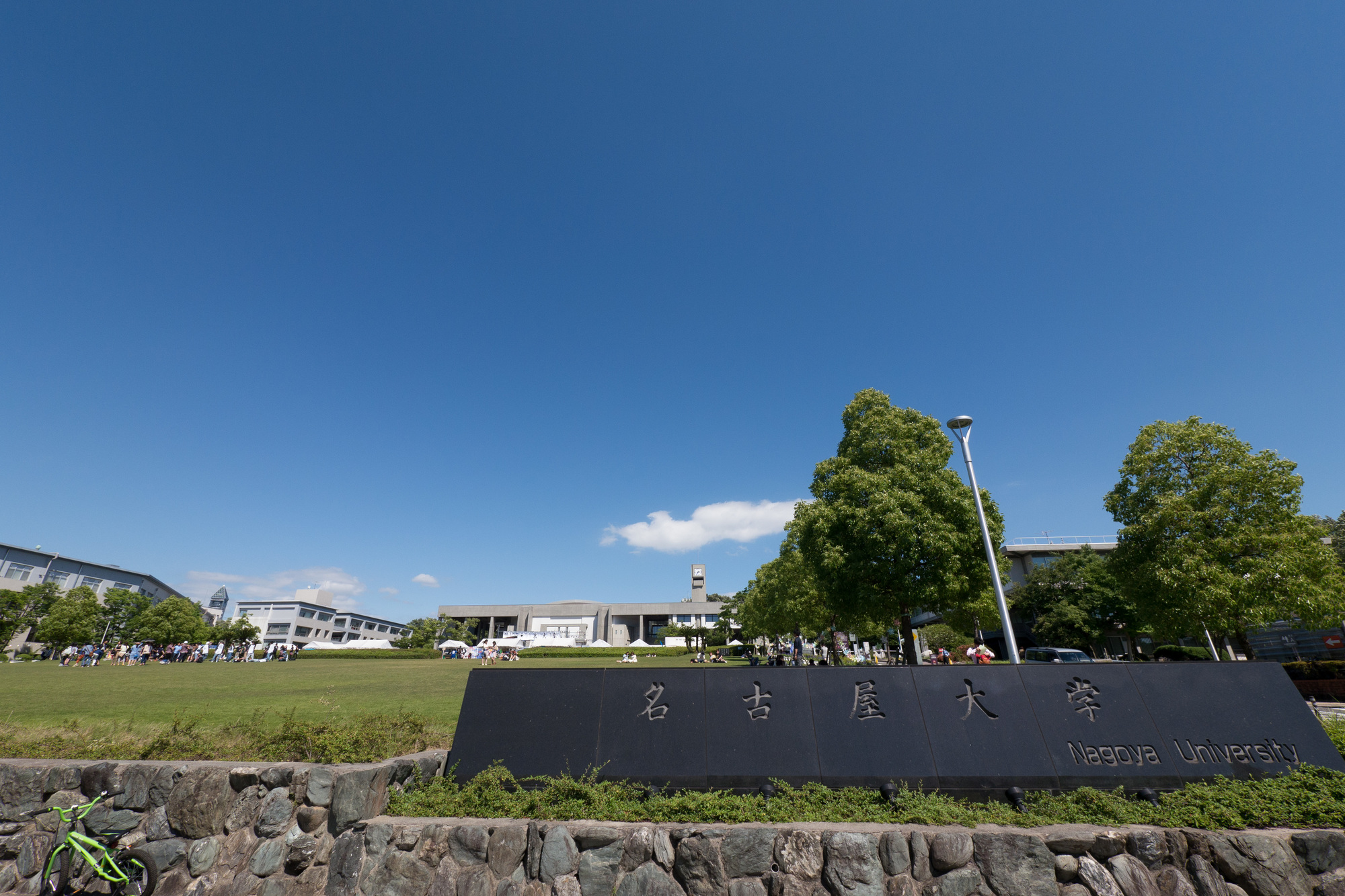The joint research group of Professor Xu Huadong and Professor Masashi Kato of Nagoya University Graduate School, in collaboration with Professor Shigeharu Fujieda of the University of Fukui, has a high lead concentration in the nasal cavity of patients with Japanese cedar pollinosis during the period of Japanese cedar pollen dispersal. Showed the possibility of exacerbating.
Elements such as heavy metals induce health problems as air pollutants.On the other hand, pollen in areas with severe air pollution has a greater effect in relation to allergic rhinitis than pollen in non-polluted areas.However, there are no reports of clinical studies investigating the effects of heavy metals on intranasal allergic reactions in patients with seasonal allergic rhinitis before and during pollen dispersal, and heavy metal intranasal exposure in a state of exacerbation of allergic rhinitis. There were no results of animal experiments showing the effects of.Therefore, the research group investigated the exacerbating factors of pollinosis and allergic rhinitis.
First, a questionnaire on nasal symptoms of Japanese cedar pollinosis patients and healthy subjects, and the surface of the nasal cavity of the subjects were washed with distilled water to collect nasal discharge, and the number of Japanese cedar pollen scattered during that period was continuously measured.Next, lead, mercury, cadmium, etc. contained in commercially available Japanese cedar pollen and human samples were measured.As a result, the lead concentration in the nasal discharge of patients with Japanese cedar pollinosis was more than 40% higher than that of healthy subjects, and it was found that this increase in the lead concentration of nasal discharge may correlate with the exacerbation of nasal symptoms of Japanese cedar pollinosis.
In addition, the correlation between the number of scattered cedar pollen and the lead concentration in the nasal discharge indicated that some of the lead in the nasal discharge may be derived from the cedar pollen.Finally, in animal experiments using allergic rhinitis model mice, it was confirmed that an increase in nasal discharge lead concentration exacerbated nasal allergic symptoms.
In the future, in allergic toxicology research, it will be important to elucidate the molecular mechanism by which lead nasal exposure exacerbates allergic rhinitis and to identify other factors that exacerbate allergic rhinitis.
Paper information:[The Journal of Allergy and Clinical Immunology] Intranasal levels of lead as an exacerbation factor for allergic rhinitis in humans and mice


